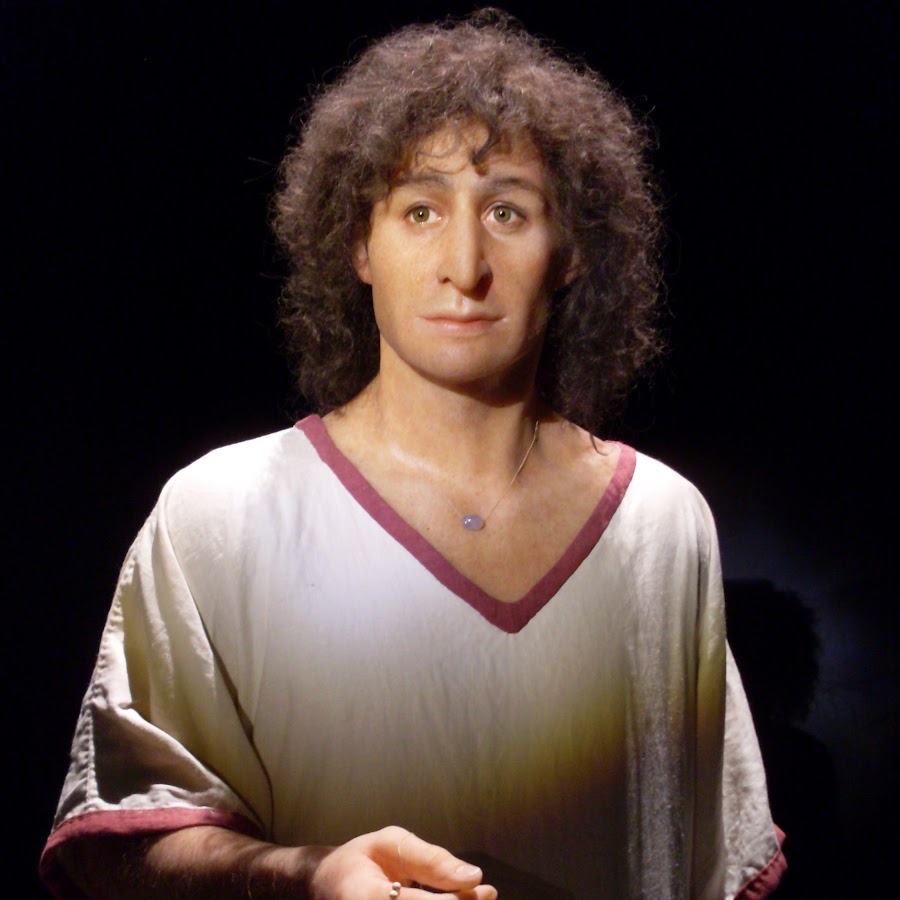Francesco
Regular Member
- Messages
- 303
- Reaction score
- 267
- Points
- 63
- Ethnic group
- Italian (tuscan)
Follow along with the video below to see how to install our site as a web app on your home screen.

Note: This feature currently requires accessing the site using the built-in Safari browser.
There were a substantial number of North Africans at every site, including the Levant.
This could mean they were an integral part of the Phoenician network, much more so than Levantines
There were magrebis in Punic sites
Question, are we talking about the colonies of the Phoenicians? Plantation economy like British India? They're an assimilated people?...
What do we know about the relationship of Cananites and locals?
Also, I wonder if it's in this time when the E1b1b-m81 clade expanded...
Or is it Numidian or something

There were a substantial number of North Africans at every site, including the Levant.
This could mean they were an integral part of the Phoenician network, much more so than Europeans and Levantines (some Levantines discovered at both Sardinia and Sicily, though, and there are many people that plot between Europeans and Africans)
There were magrebis in Punic sites
Question, are we talking about the colonies of the Phoenicians? Plantation economy like British India? They're an assimilated people?...
What do we know about the relationship of Cananites and locals?
Also, I wonder if it's in this time when the E1b1b-m81 clade expanded...
Or is it Numidian or something

According to the authors there was a "discontinuity" between the Phoenician and Punic "eras". It makes complete sense given the Phoenicians were just setting up trading centers, and then the history of the Levant. The North Africans took it over, as I've pointed out before.
It's interesting that the majority of the "mixed" samples, i.e. half-European and half-North African were from Sardinia. Again, that makes sense. To my knowledge it was the only place in Europe where the Phoenicians set up plantations for growing crops etc. Sardinia might have served the same function as Cape Town served for the Dutch, i.e. a half-way point to supply their ships. The men posted there would have stayed for perhaps decades, meaning, as in Cape Town, that there was admixture with the locals.
Another thing which should be kept in mind is that these samples don't represent all of Sardinia or all of Sicily or Iberia. These are samples from specific "Phoenician" settlements, which can be seen in the graphics presented.
For example, the Iron Age sample for Sicily comes from the center of Sicily and is quite different.




The IA Sicilians are from Polizello,
https://en.wikipedia.org/wiki/Polizzello_archaeological_site?wprov=sfla1
Moden Sardinians seems intermediate between Nuragic BA and these Sicilian Iron Age individuals or something similar, far away from the Punic era samples, despite that in many books about the History of Sardinia some scholars talk about vast migrations from North Africa since prehistory lol
I now read in twitter
There is a rumor ( about the future paper from above)
At least 1 of the 2 samples
From carthage was r1b-v88
And there are case/cases of e-m78>v12 in akhziv 13 samples
Will see this paper should be very cool thats for sure:cool-v:
What we know is that there were extremely few Canaanite/Phoenicians in the Phoenician/Punic sites, for reasons I explained in another post.
Magrebi is not a word I would use to describe the North Africans of this time period. The addition of a lot more SSA admixture as a result of the Arab slave trade changed the North Africans substantially, although there is variation on a north/south cline, and a few isolated tribes in the mountains weren't much affected.
From the reconstructions I've seen of North Africans of this era, I'd think Zinedine Zidane.
Ignore the nose; it's the most difficult feature to reconstruct, and I think the artist was 'grafting' a Semitic nose onto a North African skull.

Zidane:

| Target: Myscaled Distance: 1.4732% / 0.01473184 | |
|---|---|
| 38.6 | Mesolithic_North_Africa_Iberomaurusian |
| 33.6 | Anatolia_Barcin_Neolithic |
| 7.4 | Levant_Neolithic_PPNB |
| 7.0 | Caucasian_Neolithic |
| 5.8 | Levant_Natufian |
| 4.6 | Basal_Central/West_African |
| 1.8 | EHG_Mesolithic_RUS_Sidelkino |
| 1.2 | Western_Hunterer_Gatherer_Rochedane |
| Target: Myscaled Distance: 1.4732% / 0.01473184 | |
|---|---|
| 38.6 | Mesolithic_North_Africa_Iberomaurusian |
| 33.6 | Anatolia_Barcin_Neolithic |
| 7.4 | Levant_Neolithic_PPNB |
| 7.0 | Caucasian_Neolithic |
| 5.8 | Levant_Natufian |
| 4.6 | Basal_Central/West_African |
| 1.8 | EHG_Mesolithic_RUS_Sidelkino |
| 1.2 | Western_Hunterer_Gatherer_Rochedane |
This thread has been viewed 6567 times.
